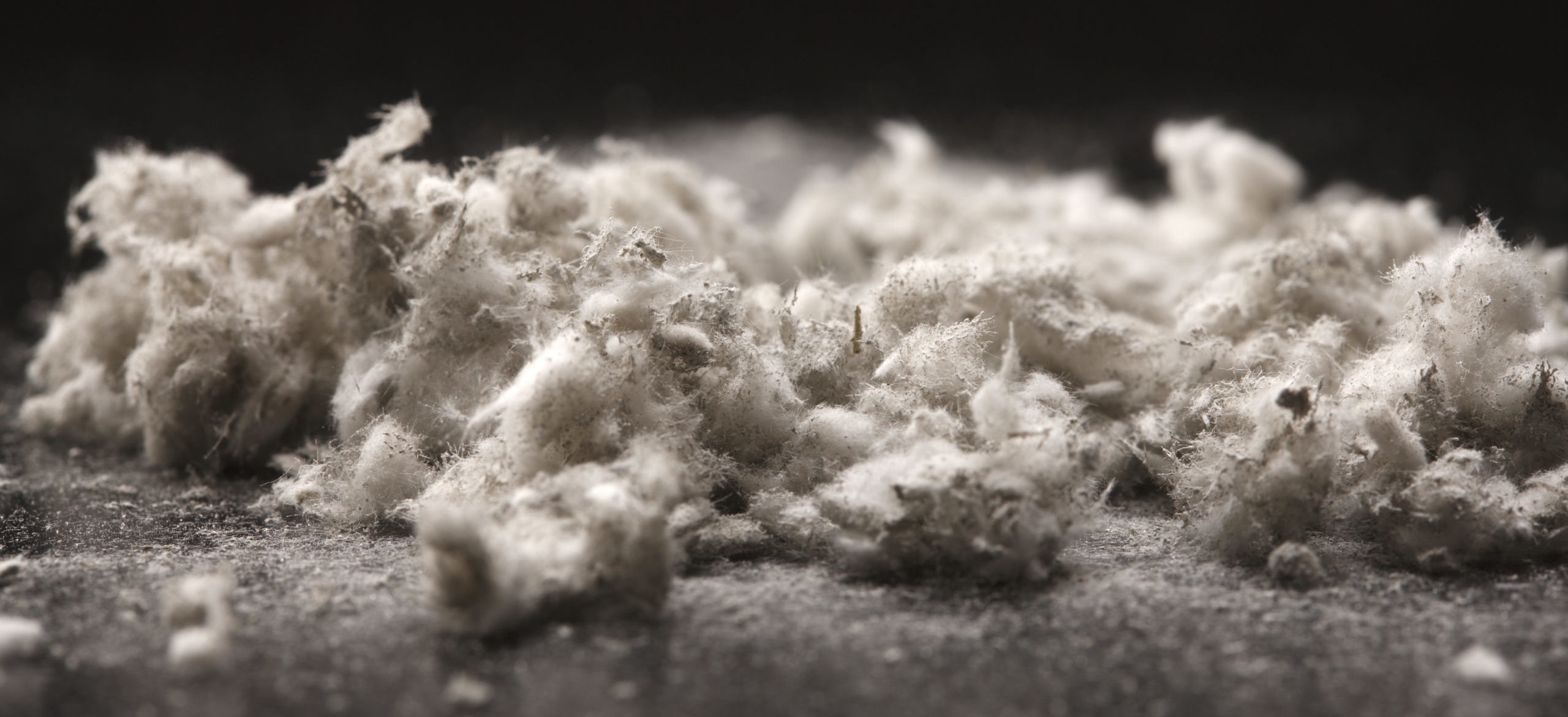What causes mesothelioma
Exposure to asbestos causes mesothelioma. Scientists have determined that every eight out of 10 cases of mesothelioma are caused by exposure to this mineral.
There was a time when asbestos exposure was widespread. That was because, in the decades between the 1920s and 1970s, many ordinary products used by consumers, businesses, and industries contained asbestos.
By the 1980s, with growing public awareness of the health dangers posed by asbestos, use of the mineral fell off sharply and continued to decline over the years that followed. Although asbestos continues to be used to this day, it now is added to relative few products and tends to be a less dangerous type.

Asbestos exposure causes mesothelioma
Asbestos is a mineral found in abundance throughout the world and is relatively easy to extract from beneath the ground. Together—abundance and mining ease—helped make asbestos a very inexpensive commodity.
It also was a commodity much in demand because of its excellent insulating properties. Added to fabrics and other normally flammable materials, asbestos made them fireproof. Asbestos also made surfaces that otherwise would be burning hot cool and safe to touch with bare hands. Moreover, it kept electricity safely confined, reduced the weight of various materials, and increased the durability of all sorts of items.
Accordingly, asbestos was a staple in the manufacture of appliances, home furnishings, construction materials, machinery, power systems, motor vehicles, ships, and more.
However, despite its utility and benefits, asbestos was a silent killer.
The molecular composition of asbestos is such that, when subjected to stresses, strains, or impacts, it splinters into fibers often too tiny to be seen with the unaided eye.
Because of their small size, the fibers can float freely in the air, much like dust particles. As they float, it is possible that some might be inhaled or swallowed by a person in proximity.
Asbestos causes mesothelioma if inhaled or swallowed
Inhaled asbestos fibers enter the lungs and remain trapped there. Some of the trapped asbestos may work its way from the lungs into that organ’s surrounding lining—the thin layer of protective tissue known as the pleura.
By mechanisms not yet fully understood, asbestos that lodges in the pleura causes some of the cells making up the pleura to become inflamed. The inflammation produces plaque, which is a type of scarring. The plaque, in turn, triggers changes to the affected cells’ DNA code.
The DNA code contains instructions that tell the cells how to perform the many different internal functions necessary to be healthy and fully operational. When the DNA code is altered, malfunctions begin to occur. One of these is runaway growth.
Healthy cells are programmed to reproduce at a steady, safe rate. But, unhealthy—or mutated—cells override their programming and engage in uncontrolled growth, which is a defining characteristic of cancer.
Another malfunction that occurs in DNA code-altered pleural cells is the shutdown of their self-destruct mechanism. Healthy cells are programmed to die off should they ever become mutated. However, this does not occur when asbestos is involved.
In relatively short order, mutated pleural cells mushroom into tumors. Without treatment, the tumors multiply and spread rapidly across the entirety of the pleura and then onto other nearby organs.
The cancer that forms on the pleura is known as malignant pleural mesothelioma.
Sometimes, airborne asbestos fibers are not inhaled, but, rather, swallowed. Instead of finding their way to the lungs and the pleura, these fibers lodge in the intestines where they are positioned to infiltrate the thin tissue lining between the intestines and the abdominal cavity’s inner wall. This lining is called the peritoneum.
The cancer that forms on the peritoneum is known as malignant peritoneal mesothelioma.
In a few cases, inhaled asbestos fibers transit from the lungs to the neighboring protective tissue lining that wraps around the heart. The name of this lining is the pericardium. The cancer that forms on the pericardium is called malignant pericardial mesothelioma.
It is important to note that, while mesothelioma is a fast-moving cancer, it usually takes decades for it to show up following exposure to asbestos. In most instances, 10 to 50 or more years can go by before the onset of mesothelioma occurs.
Mesothelioma causation risk factors
Everyone who is exposed to asbestos is considered at risk of developing mesothelioma. However, not everyone so exposed will go on to become stricken with it. Indeed, mesothelioma onsets in only a minority of asbestos-exposed individuals.
Even so, certain asbestos-exposed people are more likely than others to develop mesothelioma.
One of these determinants is the amount of asbestos exposure. Generally, the more exposure, the greater the potential for mesothelioma (although, only a single, small exposure is enough to cause the cancer in some individuals.)
People who worked in certain occupations during the last century have higher risk for mesothelioma. These occupations include steel manufacturing, construction, automotive repair, and military maritime service (see more occupations here).
People who have a specific inherited gene defect may also be at greater risk for mesothelioma following exposure to asbestos.
Men are usually more likely to develop mesothelioma than are women. As well, older individuals are more likely than are younger ones to be stricken.
Talk to lawyer who understands mesothelioma causation
People who have been exposed to asbestos and went on to develop mesothelioma may be entitled to compensation to cover the costs of medical treatment and to make up for lost wages as well as for pain and suffering.
Compensation also may be available to the loved ones of those who have developed mesothelioma or succumbed to it.
However, to seek compensation, one first must file a legal claim against the company or companies responsible for causing this disease.
A hurdle to obtaining compensation is proving that a defendant’s asbestos-containing product did in fact cause mesothelioma.
Defendants have many tricks for disproving mesothelioma causation. That is why a skilled mesothelioma plaintiffs’ lawyer should be consulted and relied upon in the effort to obtain compensation.
An experienced mesothelioma lawyer with a record of obtaining favorable verdicts and settlements on behalf of mesothelioma patients and their loved ones knows well the defendants’ tricks. Such an advocate can offer a plaintiff the best chance of prevailing in—or out of—court.
To talk to a mesothelioma lawyer, click here.

About the author…
Gregory Sandifer graduated from Southern Illinois University Edwardsville and received his law degree from Western State University College of Law in Fullerton, California.